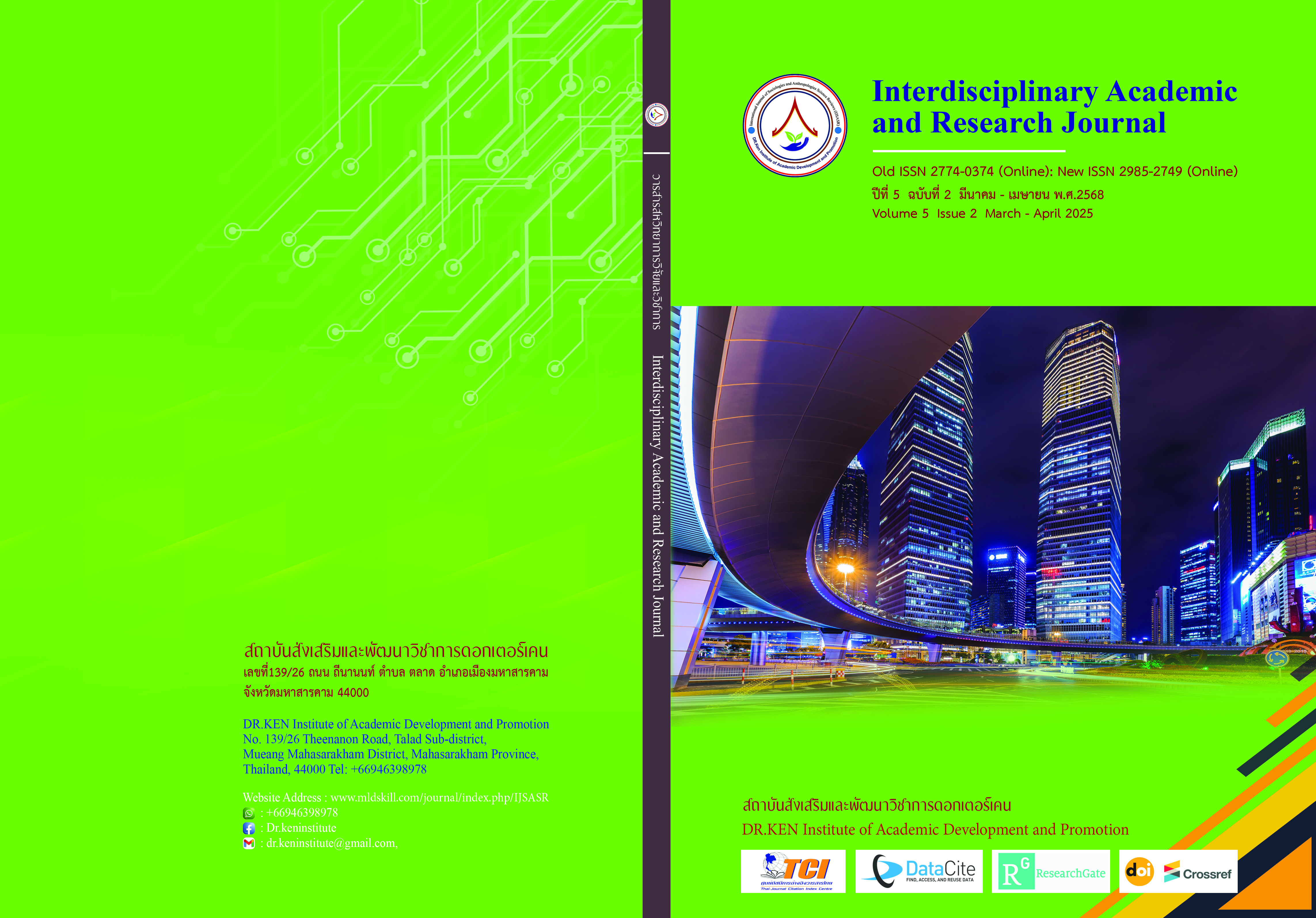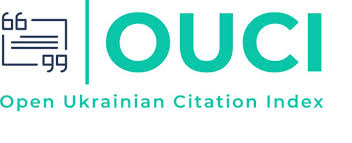The Development of Learning Mathematics Achievement by Using Collaborative Learning Methods of Math League Techniques with Grade 6 Students
DOI:
https://doi.org/10.60027/iarj.2025.282477Keywords:
Mathematics Achievement, Collaborative Learning, Math League TechniquesAbstract
Background and Aims: Mathematics learning management. Teachers must organize learning activities that are connected to students' daily lives. To develop students' 21st century skills and mathematical process skills in all aspects. This research was conducted with the purpose: (1) To compare mathematical achievement before and after cooperative learning using the Math League technique for learning management of Grade 6 students. (2) To compare learning mathematical achievement after cooperative learning using the Math League technique learning management of Grade 6 students with the 70% criterion. And (3) To study the satisfaction of Grade 6 students with cooperative learning using the Math League technique of learning management.
Methodology: The sample group was students of Grade 6/1 at Ramkhamhaeng University Demonstration School (Elementary Level), first semester, academic year 2024 of 35 students, obtained by Cluster random sampling. The instruments of research are a Collaborative learning plan using Math League techniques, a test of academic achievement, and an evaluation form used to measure the degree of satisfaction with cooperative learning using the Math League technique. Data were analyzed using mean (\overline{x} ), standard deviation (S.D.), and dependent t-test techniques were also used by the instructor.
Results: (1) Learning achievement of the Grade 6 students after learning by cooperative learning using the Math League technique learning management was higher than before learning and significant at the .05 level. (2) Learning achievement of the Grade 6 students after learning by cooperative learning using the Math League technique learning management was higher than 70%, a criterion and significant at the .05 level. And (3) The students were satisfied with the learning management by cooperative learning using the Math League technique, which was used at the highest level. ( \overline{x} = 4.60).
Conclusion: This research shows that Organizing cooperative learning using the Math League technique results in higher student achievement in mathematics. And students were at the highest level of satisfaction with cooperative learning using the Math League technique.
References
กระทรวงศึกษาธิการ. (2560). ตัวชี้วัดและสาระการเรียนรู้แกนกลางกลุ่มสาระการเรียนรู้คณิตศาสตร์ (ฉบับปรับปรุง พ.ศ. 2560) ตามหลักสูตรแกนกลางการศึกษาขั้นพื้นฐาน พุทธศักราช 2551. กรุงเทพฯ: โรงพิมพ์ชุมนุมสหกรณ์การเกษตรแห่งประเทศไทย.
ณัฐกิตติ์ นวลแสง. (2561). การพัฒนาชุดกิจกรรมโดยการเรียนรู้แบบร่วมมือกลุ่ม-คู่-เดี่ยว เพื่อส่งเสริมทักษะการเล่นซอด้วงสำหรับนักเรียนชั้นประถมศึกษาปีที่ 5. วิทยานิพนธ์ครุศาสตรมหาบัณฑิต, มหาวิทยาลัยธุรกิจบัณฑิตย์.
ณัฐวุฒิ บุญวิบูลวัฒน์. (2565). การพัฒนาบทเรียนคอมพิวเตอร์ช่วยสอนรูปแบบเกม ร่วมกับเทคนิค MATH LEAGUE เพื่อเสริมสร้างความสามารถในการแก้ปัญหาทางคณิตศาสตร์สำหรับนักเรียนชั้นประถมศึกษาปีที่ 3. ปริญญาครุศาสตรมหาบัณฑิต,มหาวิทยาลัยราชภัฏรำไพพรรณี.
ณิชกานต์ แป้นจันทร์. (2566). การพัฒนาผลสัมฤทธิ์ทางการเรียนและเจตคติต่อการเรียนคณิตศาสตร์โดยใช้วิธีการสอนแบบร่วมมือด้วยเทคนิค Math League แบบบูรณาการ ของนักเรียนชั้นมัธยมศึกษาปีที่ 2. วิทยานิพนธ์ศึกษาศาสตรมหาบัณฑิต,มหาวิทยาลัยหาดใหญ่.
ทิศนา แขมมณี. (2560). ศาสตร์การสอน: องค์ความรู้เพื่อการจัดกระบวนการเรียนรู้ที่มีประสิทธิภาพ (พิมพ์ครั้งที่ 8). กรุงเทพฯ: แห่งจุฬาลงกรณ์มหาวิทยาลัย.
นที ยงยุทธ และ สุนิตย์ตา เย็นทั่ว (2564). การพัฒนาเกมคอมพิวเตอร์ เรื่อง คําทับศัพท์ ร่วมกับการจัดการเรียนรู้แบบร่วมมือ ด้วยเทคนิค Math League กับนักศึกษาครูมหาวิทยาลัยราชภัฏรําไพพรรณี. กองทุนวิจัย, มหาวิทยาลัยราชภัฏรำไพพรรณี.
ประคอง กรรณสูต. (2542). สถิติเพื่อการวิจัยทางพฤติกรรมศาสตร์. (พิมพ์ครั้งที่ 3). กรุงเทพฯ: สำนักพิมพ์แห่งจุฬาลงกรณ์มหาวิทยาลัย.
พิมพันธ์ เดชะคุปต์. (2544). การเรียนการสอนที่เน้นผู้เรียนเป็นสำคัญ : แนวคิดวิธีและเทคนิคการสอน 1. กรุงเทพฯ: เดอะมาสเตอร์กรุ๊ป แมเนจเม้นท์.
รุ่งอรุณ ลียะวณิชย์. (2555). คู่มือครูคณิตศาสตร์ การสอนคณิตศาสตร์ด้วยเกม. กรุงเทพฯ: สำนักพิมพ์จุฬาลงกรณ์มหาวิทยาลัย.
วิไลวรรณ อิสลาม. (2562). ผลของการจัดการเรียนรู้แบบร่วมมือด้วยเทคนิค Math League ที่มีต่อผลสัมฤทธิ์ทางการเรียนวิชาคณิตศาสตร์ของนักเรียนชั้นมัธยมศึกษาปีที่ 3. วิทยานิพนธ์ครุศาสตรมหาบัณฑิต, มหาวิทยาลัยราชภัฏนครศรีธรรมราช.
วิสุทธิ์ คงกัลป์. (2558). Math League. กรุงเทพฯ : สำนักพิมพ์จุฬาลงกรณ์มหาวิทยาลัย.
Jahanbakhsh, A.A., Zamani, M.A., & Garman, Z. (2019). CIRC and STAD in the Iranian context: Through the five elements to cooperative learning of lexical collocations. Cogent Arts & Humanities. 6, 1-17.
Johnson, D. W., Johnson, R.T., & Holubec, E. J. (1994). The Nuts and Bolts of Cooperative Learning. Minnesota: Interaction Book Company.
Queen, S. (2009). Effect of cooperative learning and traditional strategies on academic performance in middle school language arts. Walden Dissertations and Doctoral Studies. 668. https://scholarworks.waldenu.edu/dissertations/668
Downloads
Published
How to Cite
Issue
Section
License
Copyright (c) 2025 Interdisciplinary Academic and Research Journal

This work is licensed under a Creative Commons Attribution-NonCommercial-NoDerivatives 4.0 International License.
Copyright on any article in the Interdisciplinary Academic and Research Journal is retained by the author(s) under the under the Creative Commons Attribution-NonCommercial-NoDerivatives 4.0 International License. Permission to use text, content, images, etc. of publication. Any user to read, download, copy, distribute, print, search, or link to the full texts of articles, crawl them for indexing, pass them as data to software, or use them for any other lawful purpose. But do not use it for commercial use or with the intent to benefit any business.
















.png)


